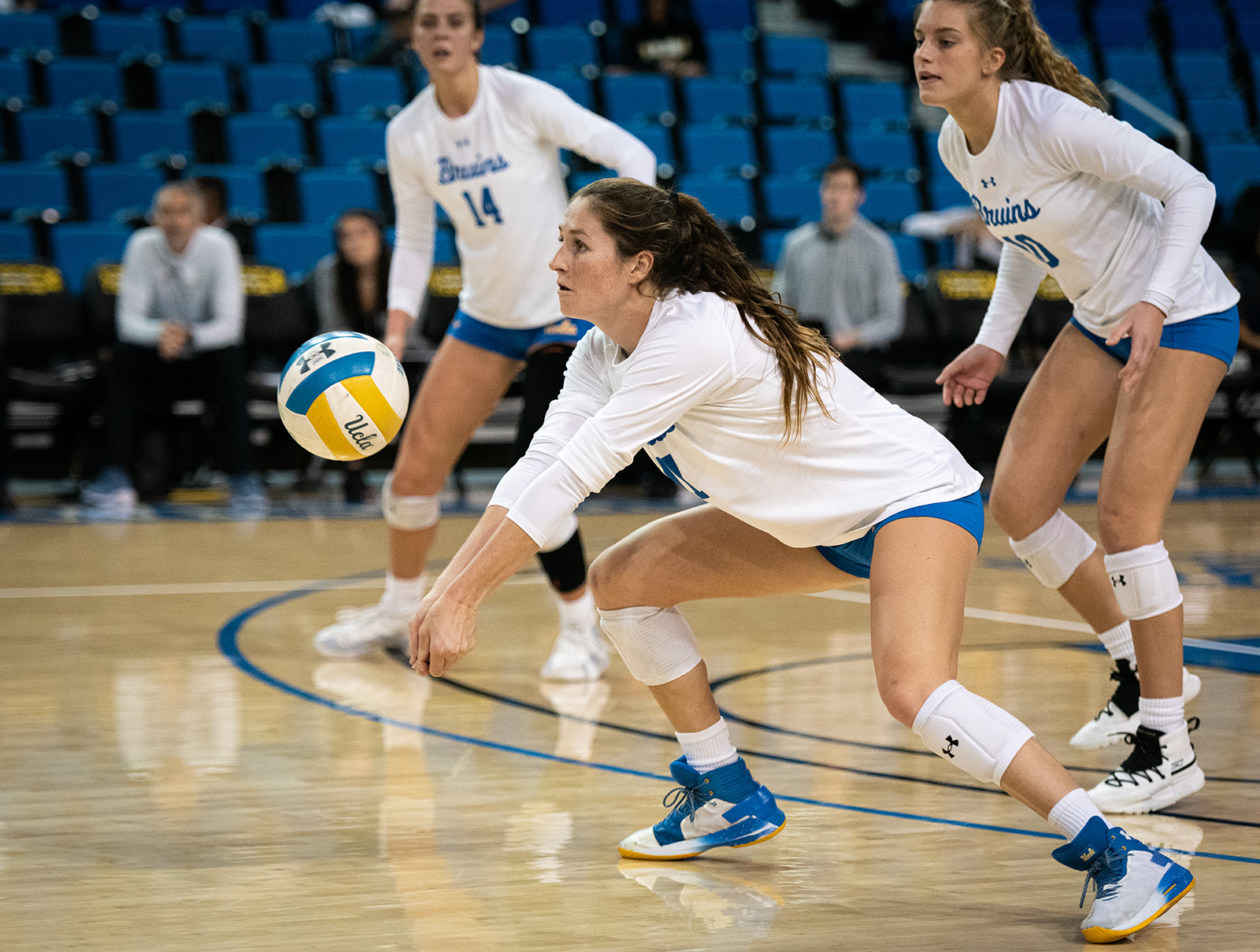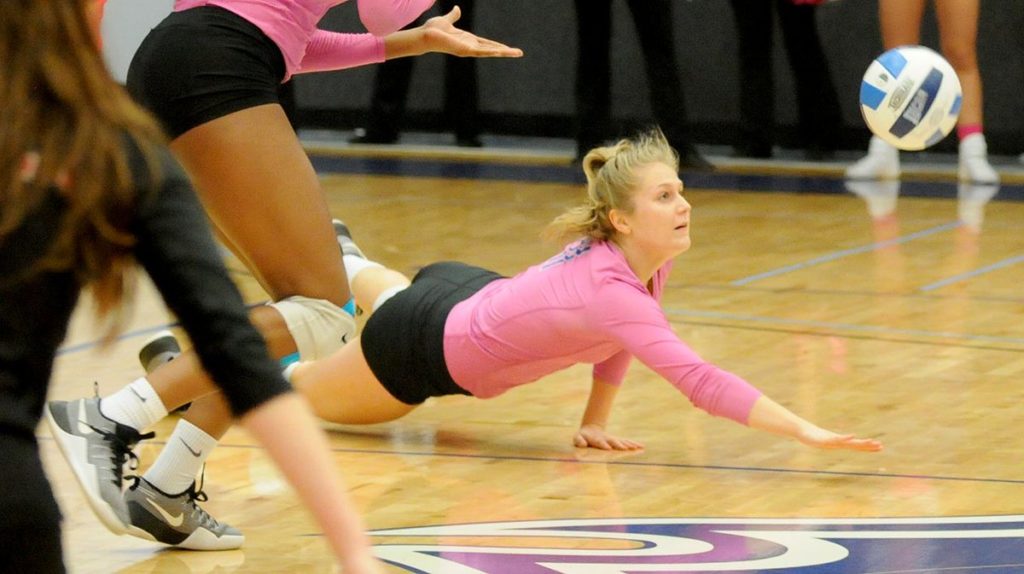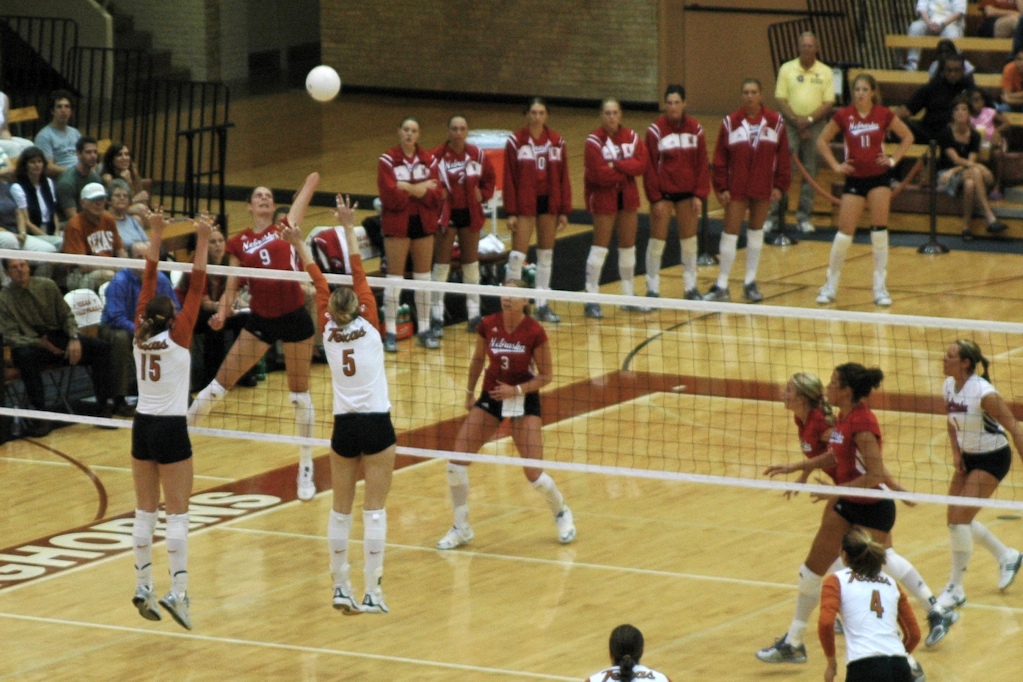How to Play Volleyball? Rules and Tips for Beginners!

If you are eager to learn a game that promotes teamwork, strengthens your communication skills, delivers limitless fun, and accelerates upper-body strength. This article is a complete guide for you on how to play volleyball, and soon you will be all set to serve and spike!
WHAT ARE THE BASIC VOLLEYBALL RULES?
Before you get into the intricate details of this game, what you need to know as a beginner are the basic rules of this game. In indoor volleyball matches, the winner is decided by taking the best of five games while in beach volleyball matches the winner is decided by taking the best of three.
Indoor volleyball is played with a team of 6 players each while beach volleyball is played by a team of two. For the very first game, teams usually play a short volley in order to decide who will serve.
A rally begins as a serve and ends with a team gaining a point.
HOW TO PLAY VOLLEYBALL FOR BEGINNERS?
You just get to follow these simple steps and volleyball tips to make sure that you play right.
Choose the Players
If you are beginning with a group, then make sure that there are an equal number of players on every side of the team. If you are up for a competitive match, then you would at least require six players per team.
As learning volleyball for beginners, you should know that each team should have two rows of players with the first row positioned closest to the net and the back row positioned closest to the rear boundary of the volleyball court.
The player who is positioned at the right corner of the back of the court serves the ball. You can also rotate the players so that during each service time, you could have a new server.
Whenever you rotate players out, you should prefer rotating them clockwise, which will allow all the players to play.
Determine Which Team Gets to Serve First
You could always use the traditional method of tossing the coin to see which team gets to serve first and begin the game.
Serve the Ball from the Back of the Court
According to the volleyball rules, if you serve from inside the line, then a point will be granted to the other team, and it is known as a foot fault. The ball must go over the net no matter whether it touches the net or not but has to land within the court for the service to be a good one.
Each player receives only one serve per service rotation.
Hit The Ball in Return If You are a part of the Receiving Team
A typical game will go bump, set, spike.
You can utilize any part of your body to hit the ball as long as it does not come to a rest. Although the players may go over the line, the ball must not. In case a player from your teams hits it off bounds, then you must run to retrieve it before it touches the ground.
Continue Hitting the Ball Until a Fault Occurs
In volleyball for beginners’ faults can occur due to reasons like:
A ball hitting the opposite side’s ground will gain the serving team 1 point. In case the ball hits the serving team’s court, the other team gets a chance to serve. And if the ball hits the opposite side of the court, then the serving team gets another chance to serve.
- Point is awarded to the team, which did not allow the ball to hit their ground.
- If, at a point, the ball goes out of bounds, the team which hit it out off bounds loses the point.
- If a player touches the net, the opposite team gains a point.
- If a player’s foot goes under the net, the opposing team gains the point.
- Unless a strike is within the block, a player is not allowed to strike twice. A block isn’t counted as a touch.
- According to rules, it is considered a foul if a team hits the ball four or more times though three is the maximum.
- If the receiving team receives the ball using anything besides their arms or hands, it can cause the serving team to gain a point.
- If a team returns the ball without letting the ball cross over the net, then the serving team backs a point.
Serving the Ball Once Again
If you are rotating the servers, then you should do it when you have gained the last point because the team which gained the last point gets to serve next.
Keeping the volleyball court positions in mind, if you have the ball, your rows will back up a bit. Otherwise, if you don’t get the ball, then your rows would move forward.
If your team produces an error or foul, then the ball is given over to the opposing team though no extra scores are provided to them.
No penalties are scored by the team if their ball hits the net before falling over to the other side.
Continue Playing Until You Reach the Decided Game Point
As volleyball for beginners, you could allow as much as 15 points to be the game point. According to recent rules, regulation games can go up to 25 points while the third game is going up to 15.
Sometimes, games also take a time limit as the end determiner, which usually is of 8 minutes or so.
A standard game consists of 3 sets. Each team switches sides before the beginning of a new game. A game must get won by two points.
RULES AND POSITIONS OF VOLLEYBALL
Rules of Indoor and Beach Volleyball
When you are learning volleyball for beginners, there are a few things you might want to keep a note of so that you do not gift the other team points or make fouls of your own –
- Do not get to step on or over the line while serving
- Do not serve or hit the ball into the net
- Do not touch the net while the ball is being played
- Never reach over the net in order to get the ball. You must only reach over to execute a follow-through or to block a returning ball
- Do not reach under the net
What are the Volleyball Court Positions?
When you begin learning something new, especially when it’s an exhilarating game like volleyball, there are technicalities that you have to learn and keep in mind. Even if you are not competing at some platform or level and playing for fun, some basic rules and positions are always to be kept in mind.
How to play volleyball for beginners? As mentioned earlier, there are only two members each per team in beach volleyball. On the other hand, indoor volleyball is a bit more complicated as it consists of 6 players each per team. Wherein three players remain in the front row (attack zone) and three players in the back row (defense zone).
Here are a few volleyball tips on who does what in a volleyball game –
Outside Hitter
When you stand facing the net, the outside hitter stands at the front-left of the court inside the attack zone. They are also known as the wing spiker. They attack the ball, which is prepared for them by the setter. They can also work across both the front and back row while the ball is in play.
Right Side Hitter
A right-side hitter has similar responsibilities to that of an outside hitter, the only difference being that they focus on the right-hand side of the court.
Opposite Hitter
Opposite hitter, is the player who scores most of the points in a particular game. They are generally positioned at the back left corner of the court. They not only do scoring but also require certain defensive skills as well because they are supposed to be playing against the other team’s opposite hitter.
Setter
A setter is often called the playmaker as well. He/she is like the quarterback of team. They are the ones who run the offensive strategies for the team and set the ball up for the attackers to score. They, too, can work both rows and are often in the right-back of the court.
Middle Blocker
This player who sits in the middle, right in front of the net has the major responsibility to block the attacks coming from the opposite team. They also serve as the key passer who helps get the ball to the setter.
Libero
A libero only gets to work at the rear side of the court as a back-row player. They generally wear a different color t-shirt or top in comparison to the rest of their teammates. They have the liberty to enter and exit the game without any substitution. A libero can also replace any other player and often tends to swap places with the middle blocker of the team.



